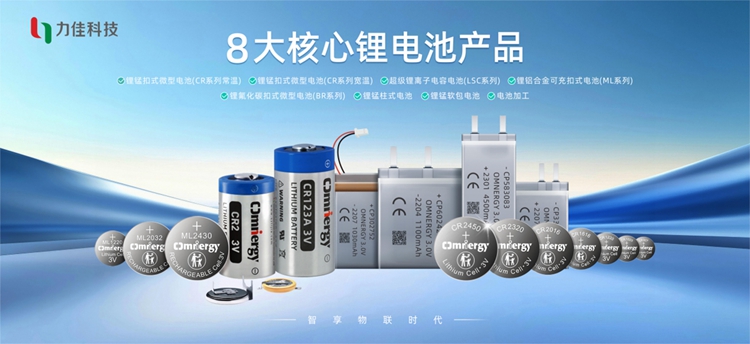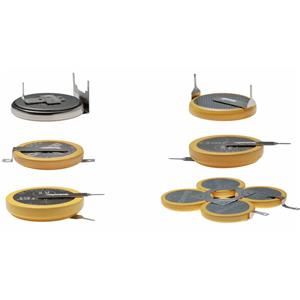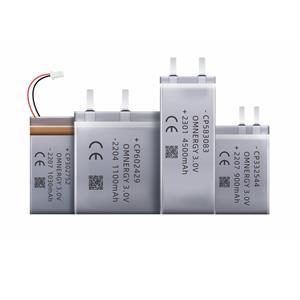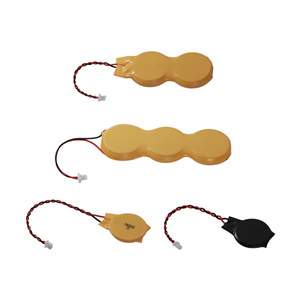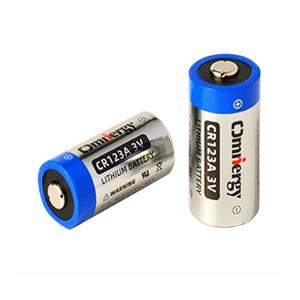Engineers Must-Read: Key Low-Power Design Considerations for Lithium-Manganese Button Batteries in IoT Devices and Power Glory Solutions
With smart devices ubiquitous today, making IoT devices more power-efficient and longer-lasting has become a challenge every engineer must face.
The rapid development of the Internet of Things (IoT) has connected billions of devices to the internet, many of which rely on disposable batteries for years or even decades. In these applications, lithium-manganese button batteries have become the preferred power source due to their compact size, stable voltage, and long life.
However, to achieve the ultimate low-power design, engineers need to have a deep understanding of battery characteristics and system-level optimization strategies to find the perfect balance between performance and power consumption.
According to industry reports, the global button battery market is expected to exceed US$4.2 billion in 2025, with China contributing over 35%. Demand in the three major sectors of consumer electronics, medical devices, and smart wearables will all maintain growth rates exceeding 12%. IoT applications such as electronic price tags, smart security, and telemedicine often require long-term operation using disposable batteries, placing extremely high demands on battery performance and system power management.

Unveiling the performance of lithium-manganese button batteries
Lithium manganese button battery is a button-type non-rechargeable battery with a standard operating voltage of 3V. Its positive electrode material is manganese dioxide and its negative electrode material is metallic lithium.
Common models of this type of battery include CR2032, CR2025 and CR2016. The model name actually reflects the battery size. For example, CR2032 means 20 mm diameter × 3.2 mm thickness.
Battery capacities range from 70mAh to 600mAh, depending on the model. For example, the common CR2032 has a nominal capacity of 220mAh, while the CR2016 has a nominal capacity of 80mAh.
Lithium-manganese button batteries have an extremely low self-discharge rate and can be stored for 6-10 years at room temperature, making them particularly suitable for IoT devices that require long-term use. Unlike rechargeable batteries, lithium-manganese button batteries are designed for single-use, eliminating the need to manage charging circuitry and simplifying product design.
Technical advantages of lithium manganese button batteries
Lithium-manganese button batteries, the mainstream power source of choice for IoT devices, play a crucial role in low-power devices thanks to their 3V nominal voltage and stable discharge characteristics. These batteries, typically using a manganese dioxide material system, offer high energy density, low self-discharge, and a long shelf life. The industry-standard CR2032 button battery has a self-discharge current of 0.2mA, enabling devices to achieve years of extended standby time in sleep mode.
In terms of battery technology, leading domestic companies such as Power Glory Battery Tech(Hubei) Co., Ltd. have broken through the traditional lithium battery power bottleneck through independent research and innovation. Their products can easily power IoT devices with a pulse operating current of 50mA. By optimizing the battery structure and using specialized sealing technology, lithium-manganese batteries also achieve excellent leakage resistance and long storage life.
Differentiated solutions for different application scenarios
Power Glory understands the diverse battery requirements of different IoT application scenarios. For electronic price tags, the CR2450 lithium-manganese button battery, specifically developed for this application, combines high capacity with high current output performance, and offers excellent low-temperature performance, ensuring stable operation of end products in temperatures as low as -30°C.

In the fire safety field, the CR123A primary lithium-manganese cylindrical battery, through material optimization, addresses the pain points of traditional batteries, such as high initial internal resistance and a continuous increase in internal resistance after storage. This ensures stable monitoring during long-term standby alarms.
For medical devices and smart wearables, Power Glory has developed and launched a number of micro-button batteries, such as the CR1220, CR1025, and CR920, that are highly suitable for medical applications and meet the strict requirements for battery size and performance.
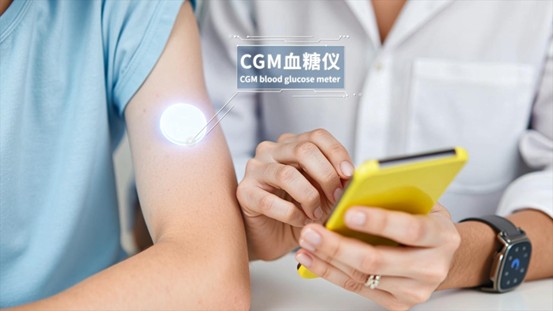
In the fields of smart transportation, smart security, and instrumentation, Power Glory's lithium-manganese button batteries, with their superior performance and rigorous quality control, have earned the long-term trust and support of renowned domestic and international customers.

The launch of new products, such as primary lithium-manganese soft-pack batteries, aims to meet customers' needs in a wider range of power usage scenarios.
In terms of adaptability to extreme environments, the BR wide-temperature series batteries can handle complex working conditions and meet the stable power supply needs of industrial equipment.

Power Glory's products meet or exceed international standards in all technical specifications, and are certified with IATF16949, ISO9001, ISO14001, UL, CE, RoHS, and UN38.3. These specifications meet or exceed IEC international standards and Japan's JISC8512 standard, establishing a strong brand reputation and corporate image in the market. Power Glory 's products are exported to Asia, Europe, and the Americas, and the company has established long-term, stable partnerships with many renowned global consumer battery brands.

